Gunning for the Corvette, the Banshee crossed a sacred line for GM—and Pontiac paid the price.
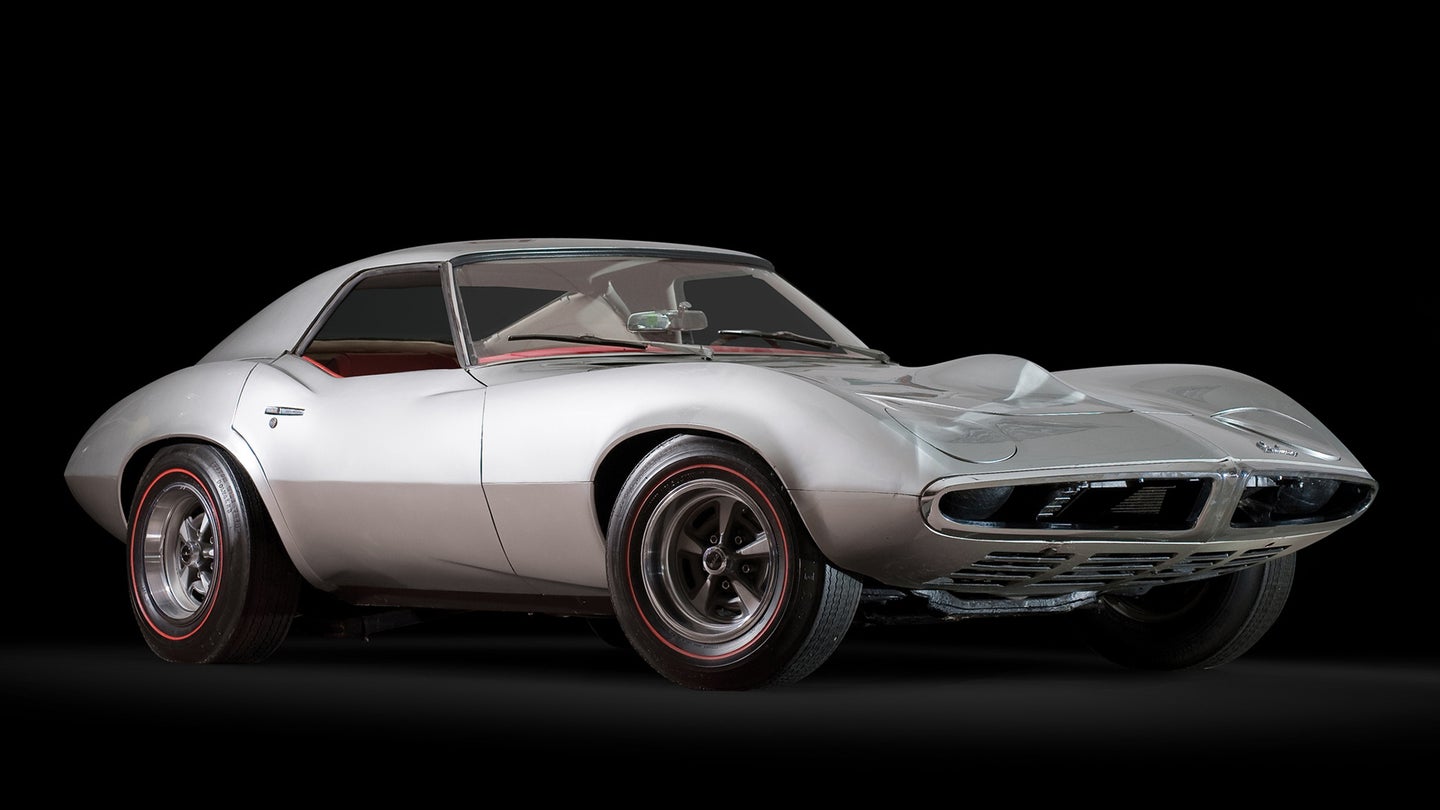
Pontiac performance was riding high in the early 1960s. The “Wide Track” era was in full swing, kicked off by ad exec Jim Wangers who went on to play an important role in pushing Pontiac’s drag racing success and convincing the company to go full steam ahead with the GTO, a vehicle many credited with jumpstarting the golden age of the muscle car. At the same time, Michigan dealer Royal Pontiac was at the height of its powers, campaigning its Super Duty-prepped ‘Bobcats’ in NHRA competition while simultaneously serving as a conduit for street warriors seeking the latest in hop-up parts.
Overseeing it all was John Z. DeLorean, whose leadership at Pontiac was instrumental in making the GTO dream a reality. The only General Motors division head with his finger on the pulse of America’s youth, DeLorean had big plans to push the brand further into the mainstream, making it a true rival to Chevrolet but with a focus on speed and style.
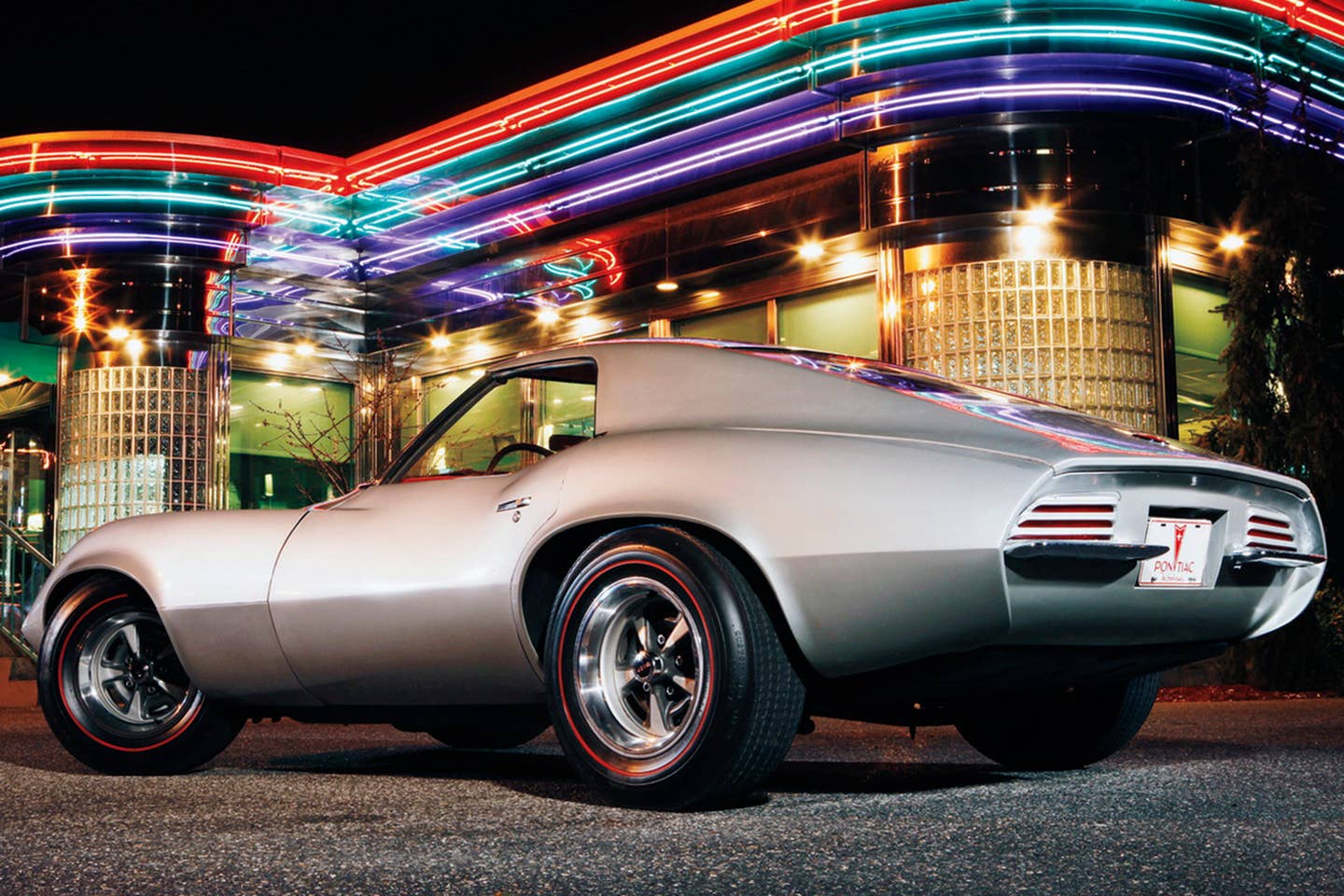
Key to this approach was the creation of the Pontiac Banshee, a concept car that arrived on the scene in 1964. Referred to as the “XP-833” within General Motors, the two-seat coupe tucked in below the Corvette in terms of size, with aggressive, fluid styling and a chassis and drivetrain combo intended to fight off both European sportsters as well as the unforeseen success of the Ford Mustang, which had scooped up a huge portion of the affordable-yet-fun market that year.
The XP-833 was a car that seemed poised to give Pontiac an even stronger identity among the many voices crying out for attention within GM’s portfolio. With eye-searing looks matched by nothing else on the market and a price tag that would have put it in reach of even average buyers, it could have served as a one-two punch alongside the GTO that drove hordes of customers into Pontiac showrooms and set the tone for the division’s future.
Instead, the Banshee was stabbed in the back by a jealous Chevrolet, which then surreptitiously stole several of its styling cues to serve as the basis for its own flagship sports car. The death of the XP-833 set off a chain of events that sealed Pontiac’s high-performance fate, keeping it hamstrung in second-tier status at GM—a decision that echoed through the next 30 years of the company’s existence, prevented it from having anything more than a hint of independence from the mothership. GM finally killed Pontiac amid the recession in 2010, but would things have ended so ingloriously had the Banshee lived?
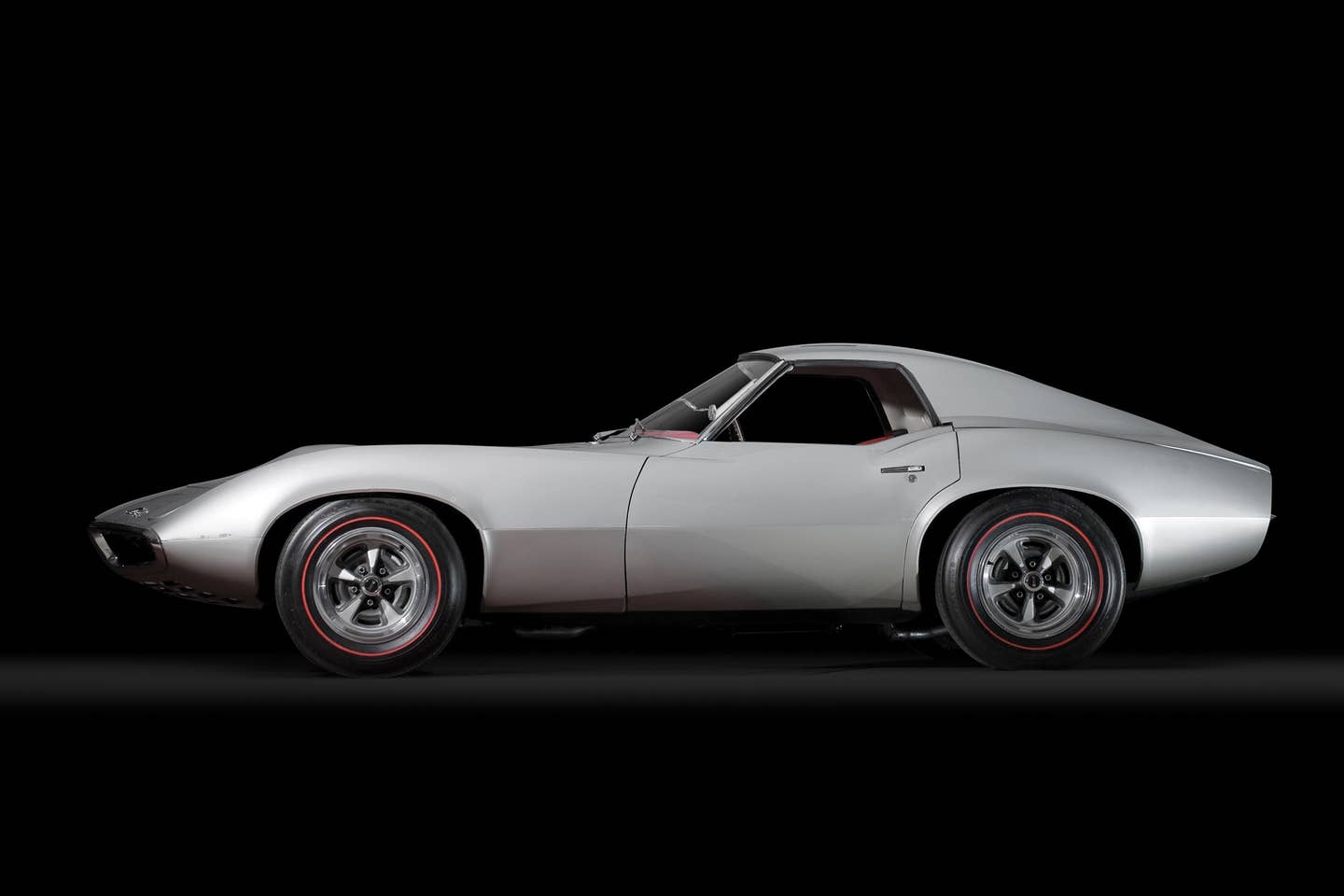
Pushing the Limits
Understanding the importance of the XP-833 to Pontiac’s future means reckoning with two crucial facts about General Motors in the 1960s. The first is that the Chevrolet Corvette ruled the roost, with Chevy’s execs willing to take any steps necessary to protect its cash cow from any potential threat, internal or external.
The second is that at the time, despite its image of conservatism, GM was willing to take risks when it came to automotive design and technology if that meant pushing into new market segments. This was a company that had not only green-lit the turbocharged Oldsmobile Jetfire at the beginning of the decade, but had also enthusiastically built an entire family of coupes, convertibles, and even pickups around the rear-engine Chevrolet Corvair. Even if some ideas, such as the Pontiac GTO, had to be developed skunkworks-style to subvert official corporate policies, there was still enough wiggle room inside the company for enterprising individuals to bring their singular visions to fruition.
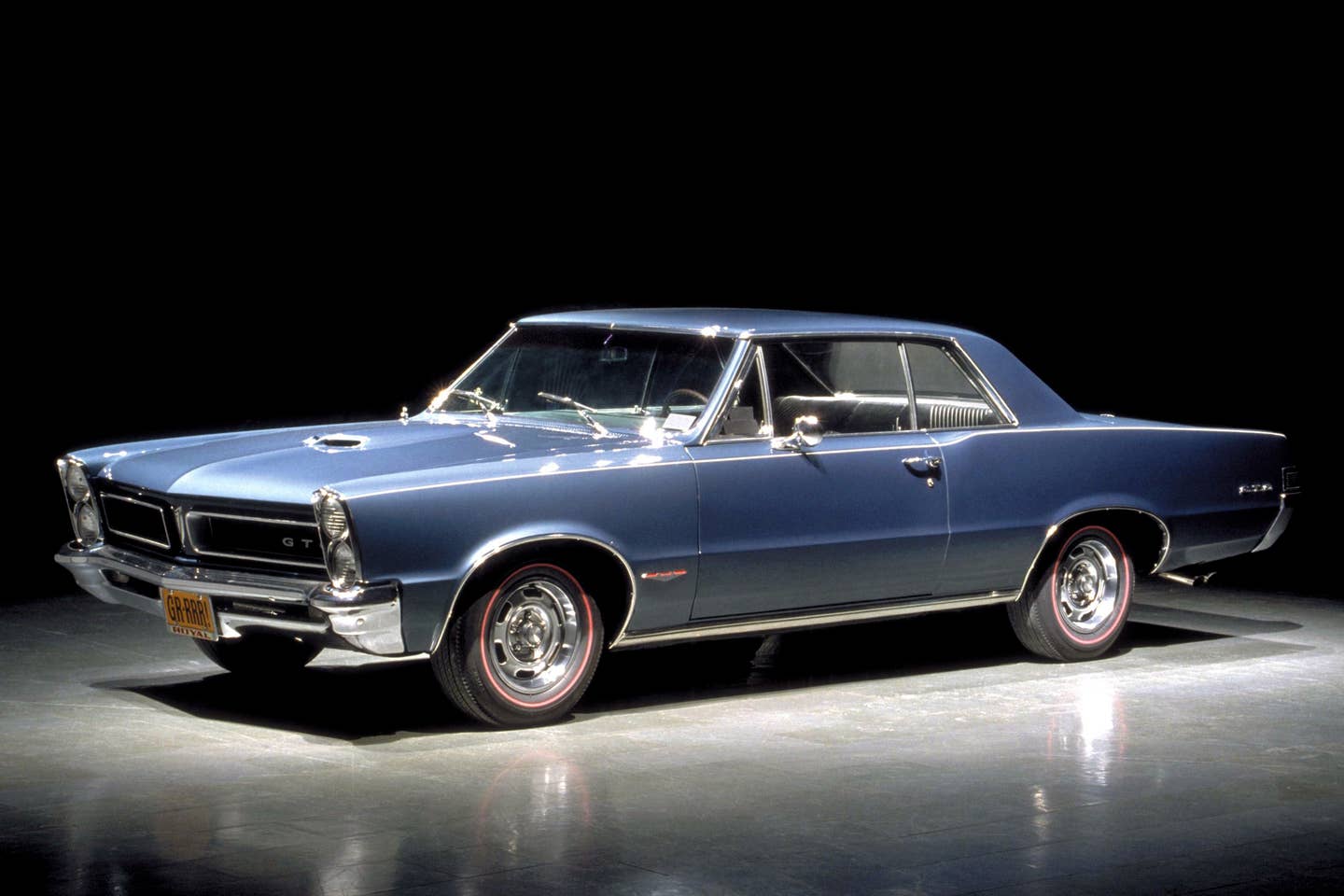
The 1965 Pontiac GTO, GM
The latter made Pontiac the perfect environment for DeLorean to thrive in, particularly as he gradually assumed the mantle of the rebellious young exec in GM’s stodgy boardroom in the early 1960s. By extension, it made the XP-833 his ideal project, one that pulled from both the company’s deep engineering expertise as well as its willingness to experiment with Euro-inspired styling, as long as a business case could be made for production at a profit.
Exotic Looks, Parts Bin Roots
Indeed, there was nothing about the Banshee (so named years later by a former Pontiac employee who stuck leftover badges from an abandoned Pontiac show car, the XP-798, on the remaining prototype) that posed a particular challenge in bringing it to market. The car was built using a combination of chassis components from the Pontiac Tempest compact car along with a number of custom-built but far from exotic suspension bits that also could’ve been sourced from elsewhere within GM’s extensive parts bin.
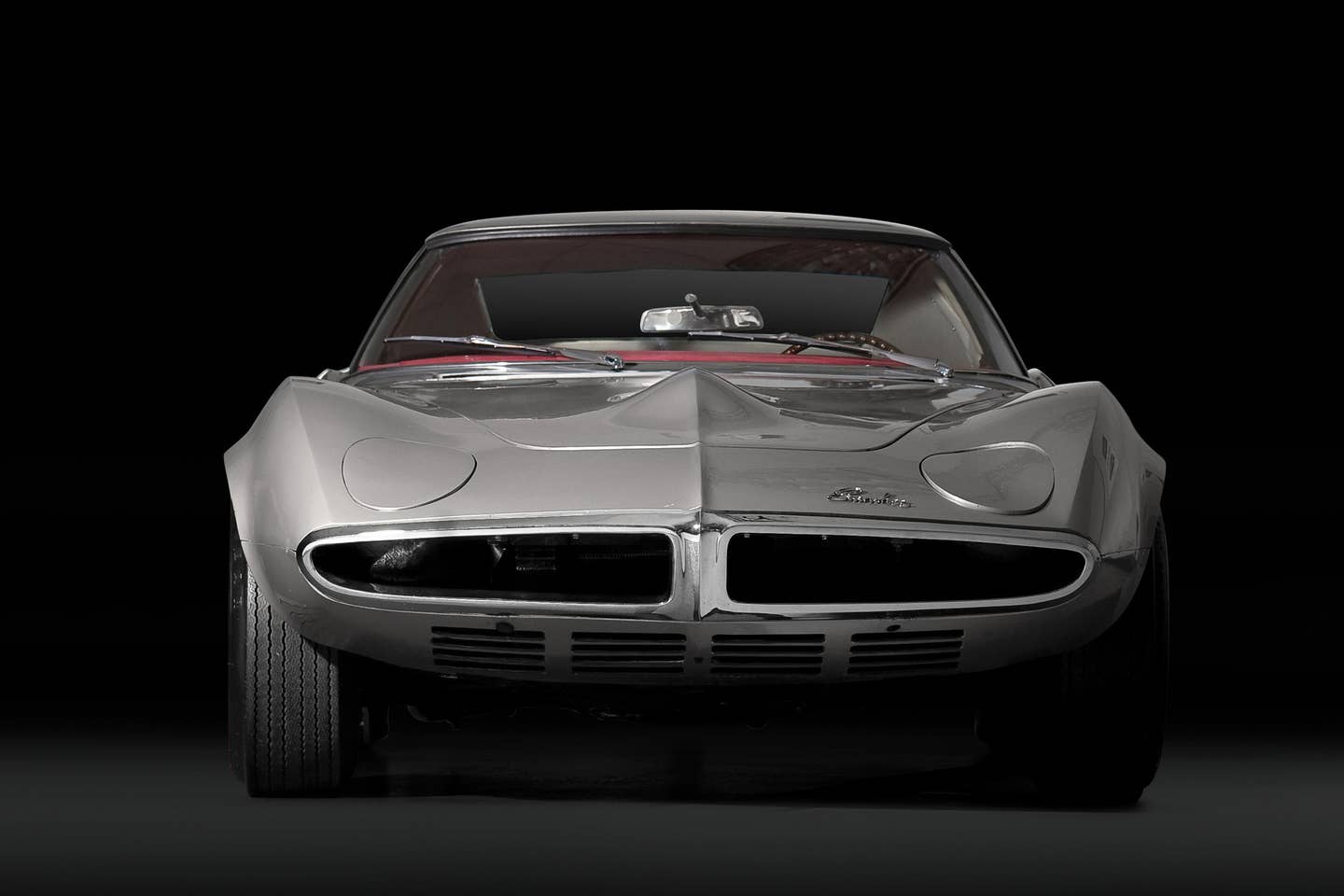
The four-link setup was matched with a T-10 four-speed manual transmission, a set of four-wheel drum brakes, and a 230-ci straight-six engine that was good for 165 horsepower. Pontiac also planned on a deep options list for the car that would potentially include a V8 (which was baked into the second concept example built), as well as higher output versions of its six-cylinder mill. A fiberglass body wrapped around the entire package.
The formula was intended to be fun to drive, inexpensive to build, and cheap to purchase, with the primary draw being its gorgeous styling and its lightweight handling (with the prototype weighing in at a modest 2,300 pounds). It was an intriguing spin on the same winning combination that had inspired hundreds of thousands of Ford customers to drive home in a Mustang, albeit with the reduced practicality of its two-seat format. Still, Pontiac didn’t need volume with the XP-833—rather, it was looking to fill an empty spot in its showrooms that stood in contrast to the big-block offerings of the GTO and company.